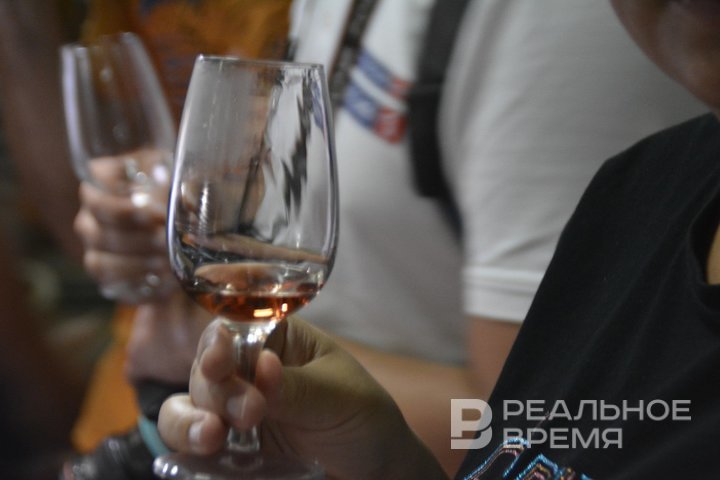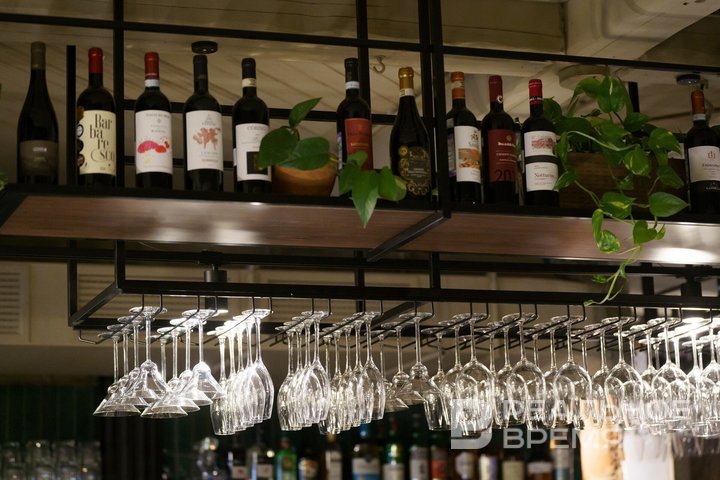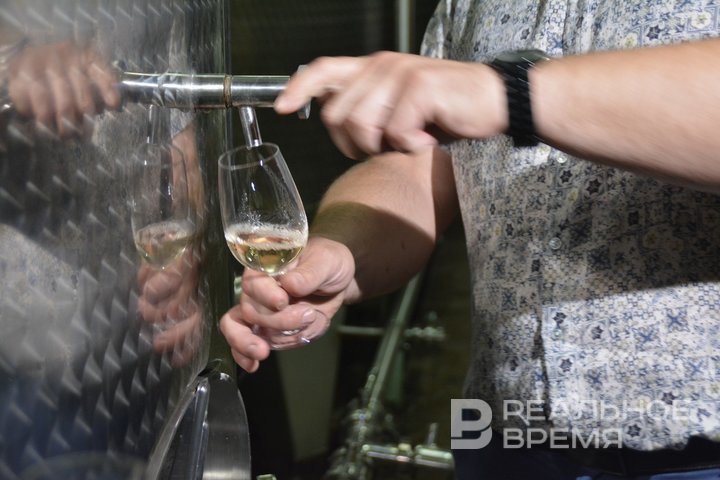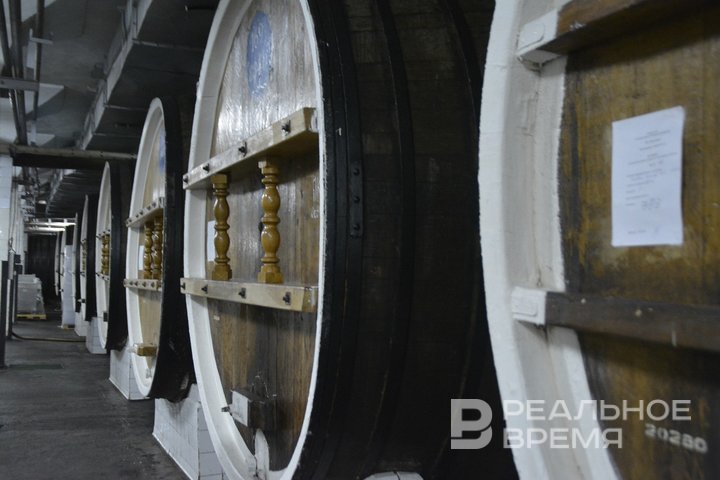Vadim Drobiz: ‘There is absolutely no market for cheap wine in Russia’
Founder of the Alcohol Market Research Centre — on the situation of the country's wine industry

In June, Russia purchased only 6,300 tons of wine from the European Union, which was a record low since 2010. “We have more than enough wine. We do not have a shortage of any products, of any kind. Everything is there!” Vadim Drobiz, the founder of the Centre for Research on federal and regional alcohol markets Tsifra, answered this in an interview with Realnoe Vremya. The Russian wine market consists of half of domestic products, and the other half is occupied by imports, despite the efforts of the authorities to completely “oust” foreigners. About wine prices, the growth of sparkling wine consumption and the absence of Tatarstan production — in the material of Realnoe Vremya.
Russia has reduced wine purchases from the EU to a minimum since 2010
In June, Russia purchased only 6,300 tonnes of wine from the European Union, according to Eurostat data. This number has become the lowest since 2010, when the volume of exports amounted to 5 thousand tonnes. Moreover, supplies have been declining for the third month in a row.
France's exports fell the most — by nine times, to 12 tonnes. This is the minimum level of supplies since February 1996, when sales amounted to 10 tonnes. At the same time, there have been no purchases at all in March 2022.

The only major suppliers to the Russian market that increased exports in June were Italy. They increased sales to Russia by 1% to 2,600 tonnes. Spain is also included in this number, from where 284 tonnes of wine were imported against 253 tonnes a month earlier.
“Wine for all categories of the population, except the poor”
There is no shortage of wine in Russia, the country is fully provided with all types of products, Vadim Drobiz, the founder of the Centre for Research on federal and regional alcohol markets Tsifra, told Realnoe Vremya. According to him, the beverage in the country is available for all categories except one:
“We have more than enough wine. We do not have a shortage of any products, of any kind. Everything is there. We have full provision of both domestic and imported wine for all categories of the population except the poor. In our country, the poor do not have access to wine, because it is, in principle, very expensive relative to income.”
For example, in Europe, a bottle of wine can cost from €1 to €2, Drobiz continued. Correlating with the income of the population, in Russia in this scenario, the drink should cost about 30-50 rubles for the same bottle. The expert linked such prices with the amount of subsidies.
“There is no market for cheap wine in Russia as such. It is very expensive to produce wine, there have always been large subsidies in Europe for this, we have many times less of them. In our country, the role of cheap wine was performed by wine drinks until 2020. Since then, wine drinks have dramatically raised the excise tax rate to the level of wine, and this market died. A large volume of still wine drinks has left the market, and they have not been replaced by wine," the speaker explained.

However, in the USSR, prices for still wine, unlike sparkling wine, were not so high — a ruble per bottle at those prices. A carbonated wine drink cost 2.5 rubles, and champagne — about 5 rubles. For almost the same money, for 6 rubles, one could buy cognac. After the collapse of the Union, the state “distributed the production of alcoholic beverages into private hands”.
It was the absence of “cheap folk wine” that led to the lowest level of consumption of the drink in Europe, Drobiz believes. Wine consumption per capita in Russia is 5.5 litres per year, and in Europe — 20 litres.
“Tatarstan's share in the Russian market is tiny”
In general, the share of Russian still wine in the country's market is about 50% — about 300 million liters of domestic and imported beverages are produced per year. According to the interlocutor of the publication, the situation with sparkling wine is somewhat different — 150 million and 50 million litres per year, respectively.
“The market itself is very small, if we take into account sales per capita. There is no way to displace imported wine, although the state has been trying to do this for the past 5 years: it increases duties on imported wine, increases excise rates," the speaker added.

“Tatarstan's share in the Russian market is scanty — the region is not southern, it does not need wine production. Moreover, until 2018, they produced a little more, about 10 thousand decalitres per year, insignificant figures, no market share. Later, it was abandoned due to lack of necessity.”
In general, still wine is more popular among Russians — the share of consumption is 2/3 versus 1/3 of sparkling wine. However, the demand for sparkling wine is actively growing — the increase in consumption is about 5-6% per year. Still wines show an increase of 2-3% per year:
“The sparkling wine market is simply recovering from a drop a little over 10 years ago.”